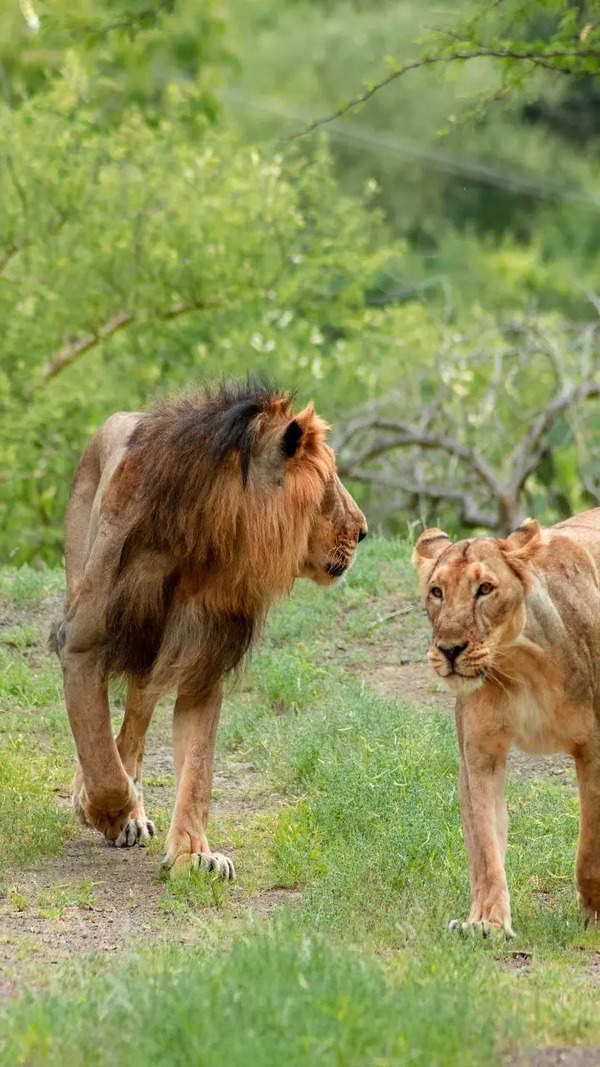- Greenland: Breaking the ice
Greenland: Breaking the ice
Once upon a time, many imagined Greenland as a magically remote place. Covered in ancient ice, with freezing temperatures all year round and two months of constant, unblinking ‘midnight sun’ daylight, Greenland evoked mystical and mythical mysteries. Today, however, as Earth’s largest island is in the eye of a global storm, modern similarities between Greenland and other locations are emerging.
It sits on top of the world but despite that, Greenland has not been spared any of history’s ordeals. Starting with the Vikings in the 10th century, followed by Danish missionaries and traders massacring whales for blubber, Greenland’s indigenous people suffered waves of colonisation. In the mid-20th century, the island was occupied by the United States in alliance with Denmark. After WWII, the Cold War saw the US and former USSR eyeball-to-eyeball in the Arctic, Washington using Greenland for strategic powerplay — in 1968, an ‘Operation Chrome Dome’ plane, carrying nuclear bombs, crashed, one of the bombs never being found. As militarisation expanded, indigenous people were forced off their lands, many unfairly removed, for instance, when the US expanded Pituffik Base in 1951 as part of its drive to protect freedom. Today, in Cold War II, Greenland has strategic importance — Washington’s desire to ‘get’ Nuuk is seen as an effort to freeze out China, while, ironically, warming up to Russia.
Greenland faces another challenge — climate change, perhaps its deadliest foe yet, for its phantasm-like presence can neither be fully predicted, nor entirely prevented. Global heating, caused by humans burning fossil fuels, impacts the whole world — but it burns the Arctic most. As Earth warms, ancient ice in Greenland and Antarctica, which holds two-thirds of our planet’s freshwater, is melting — Greenland is losing 267 billion tons annually. This meltwater has made global seas rise by eight inches, one-third coming from Greenland’s thaw. This transformation of its ice to water links everyone to Greenland now, tied together in the tides of the Anthropocene, the era of uncaring human impacts on Earth. TE uses ‘uncaring’ thoughtfully, dear reader, for what else glimmers in the new race after Greenland’s minerals but a frenzy for more extraction which will enrich a few and destroy many.
However, as Times Evoke’s global experts emphasise, there is hope — this comes from empowering indigenous society. Holding tremendous reverence for nature and all beings, Greenland’s First Nations are increasingly speaking for their ecosystems and beliefs. As they confront huge rapacious powers, it is vital the world hears their view, which is far more sustainable for all life. Join Times Evoke in exploring Greenland — it is much closer to you than imagined.
End of Article
FOLLOW US ON SOCIAL MEDIA









